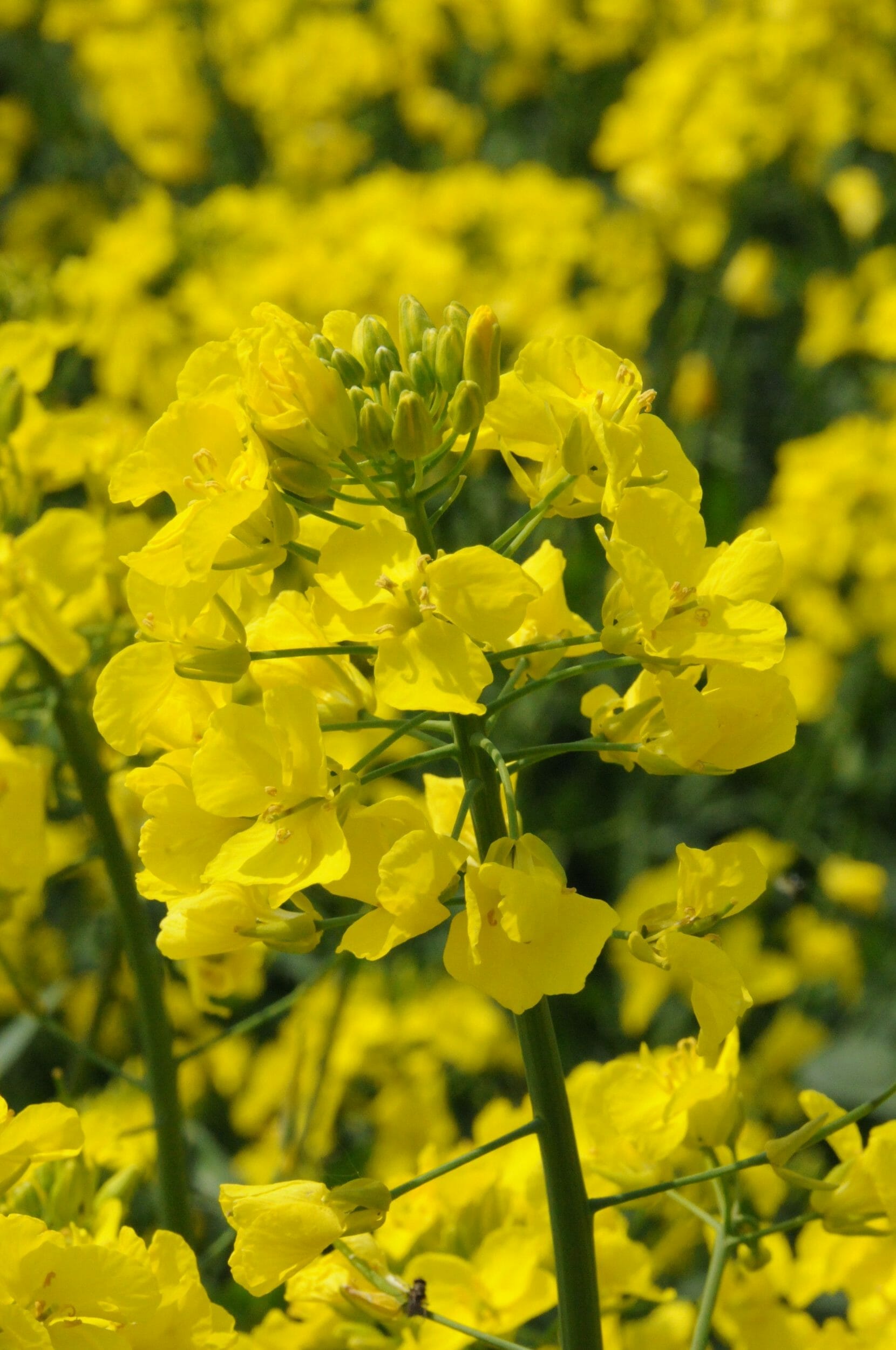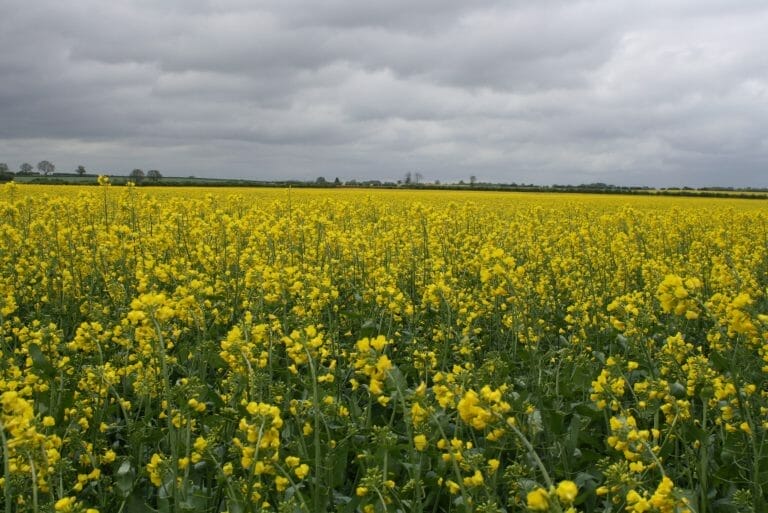As harvest results are reported, there is a very obvious trend that stands out from last season; hybrids have outperformed conventional varieties, says David Leaper, seed technical manager with agronomy firm Agrii.

David Leaper, Seed Technical Manager for Agrii
Mr Leaper refers to the results just in from Agrii’s national oilseed rape trials, that clearly show this trend.
“There were some clear difference in how varieties responded to the challenges of the season in terms of autumn establishment and root development; biomass proved to be the key in terms of offsetting the effects of Cabbage Stem Flea Beetle (CSFB).”
This work really highlights the value of vigour when establishing later drilled varieties, and growers who are now looking at drilling their rape slightly later than planned should strongly consider opting for a hybrid variety, he advises.
He also points out that latest sensible cut-off date for drilling rape is around the 10th September.
“Later drilled crops can do well but the chances of success diminish quickly after this date.”
Results from trial sites in Kent, Lincolnshire, South Wales and Angus in Scotland, show that the overall highest yielding hybrid varieties Ambassador and Aurelia, produced seed yields of 118% and 117% respectively, followed by candidate variety LG Aviron at 113%. This is well over the control mean of 110% (DK Expansion) at 4.7 t/ha.
Within the conventionals, Aspire (101%), Acacia (98%) and Anastasia (97%) led the pack, yielding slightly less than the mean control Campus (104%).
When combined with the two year summary, the trends remain the same; the hybrids outperform the conventionals. Aurelia and Ambassador remain at the top of the hybrids, with Acacia, Aspire and Anastasia all grouped together with Campus at the mean control of 4.5 t/ha.
“The hybrids were able to get their roots down and establish well, whereas many of the conventional varieties struggled and consequently were smaller and less bushy, and once the CSFB got into the plants, there was very little left of them to recover,” explains David.
Agrii also produces autumn and spring vigour scores for all of the varieties in the trial, with each variety being scored between 1-9, where 9 is the best vigour.
“Unsurprisingly, the hybrids led the pack for both autumn and spring vigour; Aurelia and LG Aviron had the highest scores way up in the 6’s for autumn vigour. The highest score for conventionals was Anastasia with 5.7.”
“Taking in five of the key sites, the trend remained the same for spring vigour; LG Aviron (7.2) and Aurelia (6.8) were some of the best hybrid performers, and Aardvark (6.2) and Anastasia (5.9), led the pack for the conventional varieties.”

LG Ambassador
“It’s important to recognise that there are differences in vigour between hybrid varieties and conventional varieties; there is a range, and it’s not an all or nothing characteristic. Some of the conventionals showed remarkable vigour and in some individual cases, this was comparable to that of some of the hybrids.”
“It’s no surprise that the seed yield and vigour graphs correlate,” says David.
Varieties that offer a range of traits or are trait loaded, have the upper hand when it comes to protecting the genetic yield potential of the particular variety, believes Mr Leaper.
He points out that the value of the TuYV trait played out once again, with varieties containing the trait delivering an additional 5-8% benefit over those without.
“The top four yielding hybrids all have TuYV resistance; as does the conventional Aspire.”
“With the very dry spring, many oilseed rape crops will have struggled with nitrogen uptake, so it is interesting to see that varieties with the new N-Flex trait have done better, such as Ambassador and LG Aviron.
“The N-Flex trait allows the crop to be more efficient in transforming N into yield, so in times of limited availability, this has played out.”
“Ambassador is the first four-trait loaded variety containing the N-Flex trait, TuYV, pod shatter and RLM7 resistant traits, and the value of this has played out in its performance in a difficult season.”
Mr Leaper points out that recent AHDB harvest results reflect those of the Agrii trials, where there is a similar yield benefit of hybrids over conventionals, with the same top 5/6 varieties. “It is always reassuring when trials run independently of each other, produce similar results!”

Agrii WOSR Varieties – 2 year summary
Oilseed rape for the 2021 season
Liam Wilkinson, technical officer for breeders Limagrain UK, believes that we are currently experiencing some of the most favourable oilseed rape establishment conditions for the last 3 or 4 years.
“In some regions, crops have still not been harvested, particularly winter barley. This provides an opportunity to drill OSR in favourable conditions – so it should be strongly considered.”
Considerations for later drilling
- Pick a vigorous variety which can not only establish quickly, but accumulates a large canopy.
- Choose a variety with good phoma resistance. The effect of phoma can be more damaging in a smaller later sown crop.
- Adjust sowing rates. As soil temperatures cool down, germination field losses will increase. Seed rates should be increased to still aim for that optimal plant population of 25-30 plants/m2.
- Wet weather has seen an increase in slug activity. Crops should be monitored closely and treated at threshold,particularly where seedbeds have been left unconsolidated.

































